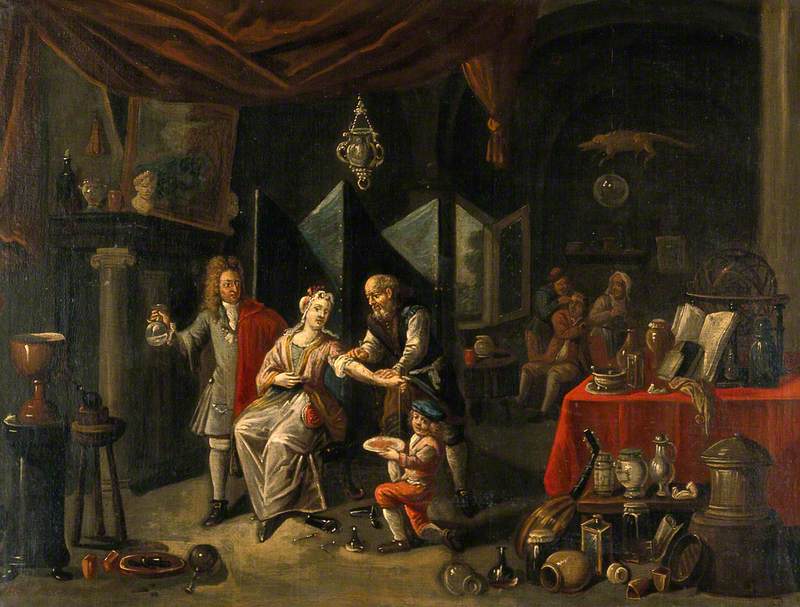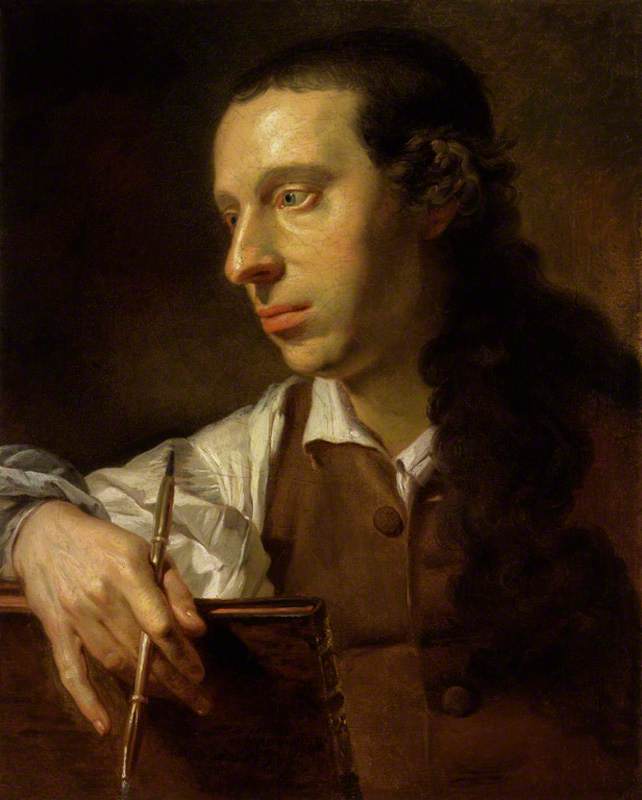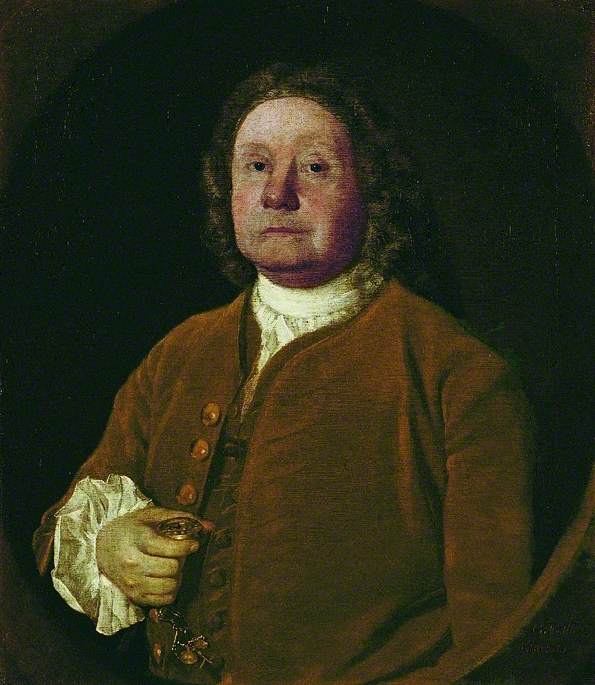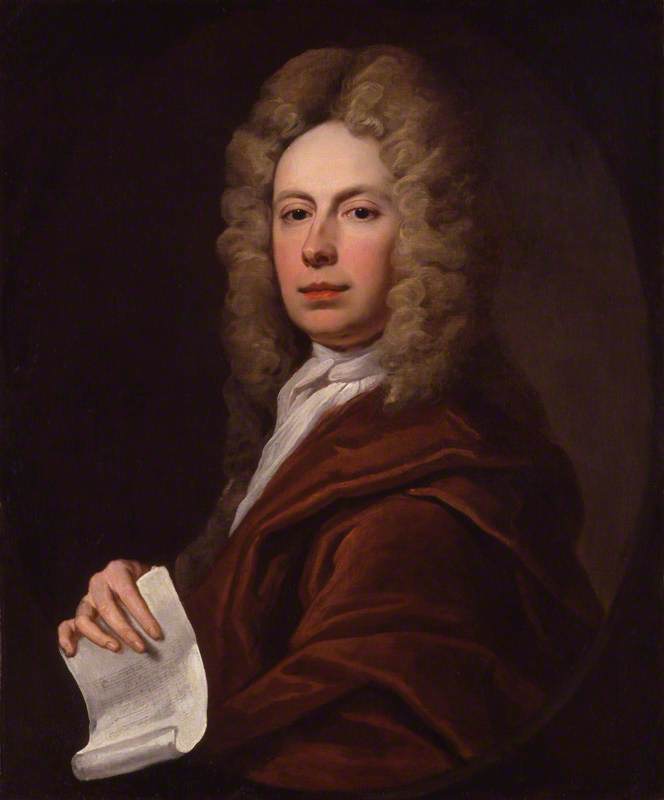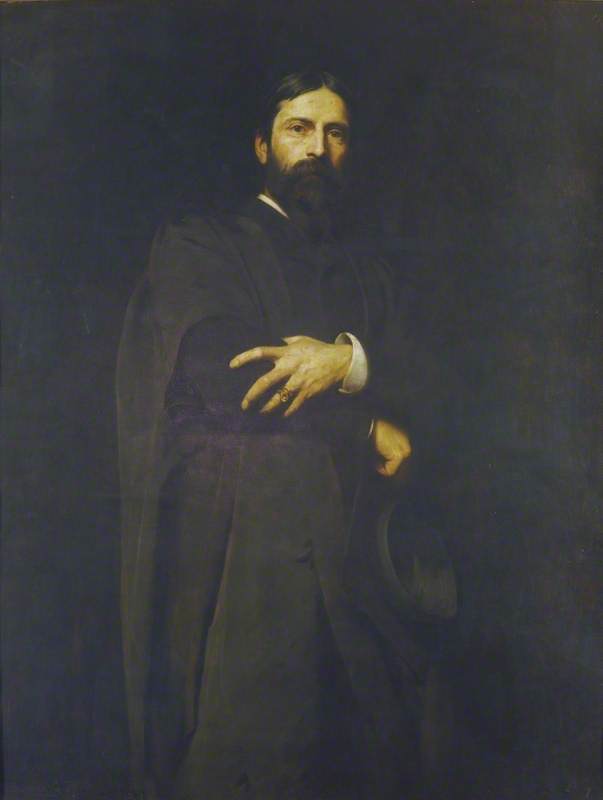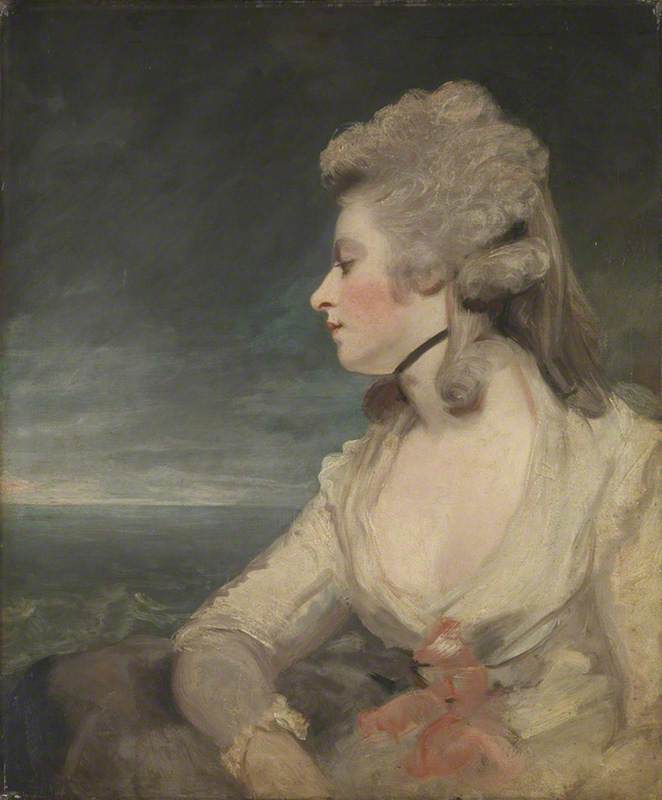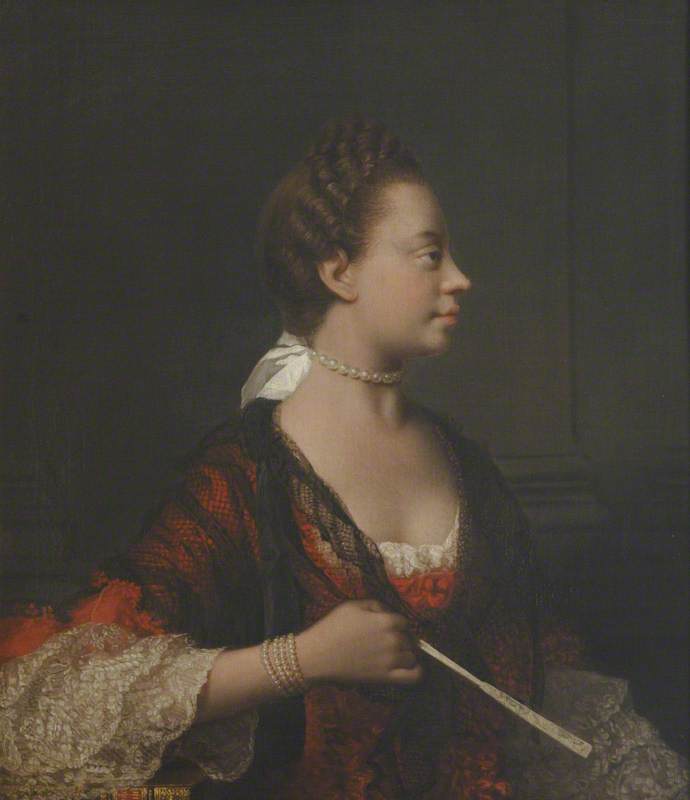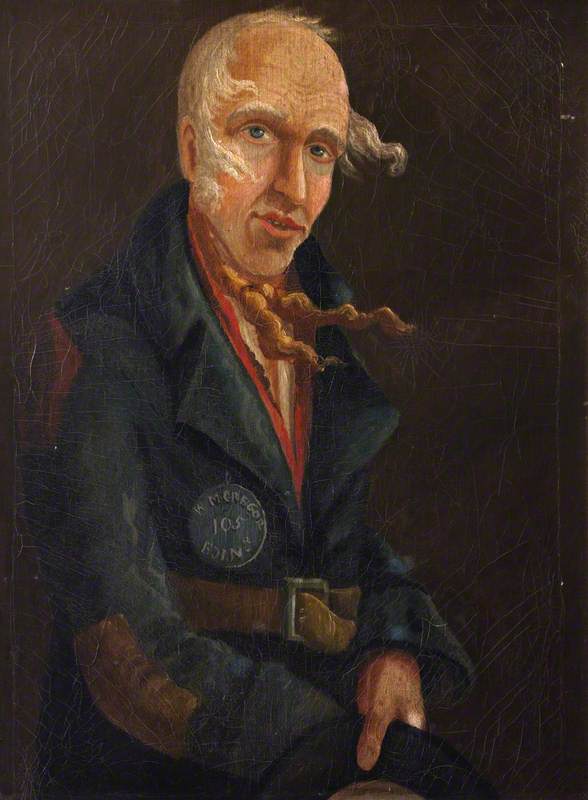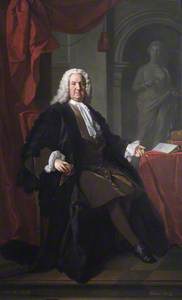The Foundling Museum in London's Bloomsbury houses a vast portrait of an elderly bewigged man dressed in academic robes, posing portentously among classical sculpture and scarlet hangings. Fit to burst out of his brown buttoned-up undercoat, the seated figure gestures towards a letter beside two large volumes bearing the words 'To Dr Mead'.
While there is no doubting the technical brilliance of the picture, I suspect that the standardised composition and iconography do not invite contemplation beyond a quick once-over from most viewers.
I first came to know of the painting while working as a volunteer at The Foundling Museum, but never paid it any particular attention. Within a few weeks of my volunteering there, the work was shipped to Glasgow to take its place in the exhibition, 'Allan Ramsay: Portraits of the Enlightenment', which ran from September 2013 to January 2014 at the Hunterian Art Gallery. I had to be missing something. Perhaps it was worth looking beyond the wig, and trying to understand the significance of the painting's presence in its permanent location, as well as the need to include in an exhibition about the artist that had painted it.
The portrait depicts Richard Mead, a leading London physician who was court doctor to Charles II and helped to establish the Foundling Hospital, later becoming a Hospital Governor and medical consultant. This explains the painting's place in the Foundling Museum collection, to which the portrait was donated in 1747.
It is fitting that Mead should be remembered in the form of a painting, rather than any other kind of memorial, for he was an important patron of the arts and amassed a collection of paintings, drawings and antiquities impressive enough for one contemporary to describe it as his great 'Temple of Nature and Repository of Time'. Mead was one of the first English collectors to own works by Guercino, and the catalogue for the auction of his collection that took place after his death records two paintings by Watteau (one of which is The Italian Comedians, c.1720, National Gallery of Art, Washington), possibly commissioned directly from the artist.
As well as befriending Watteau, Mead associated with the luminaries of the day, including the scientist Edmund Halley, the poet Alexander Pope, and artists William Hogarth and Allan Ramsay, who would attend the dining club hosted at his Great Ormond Street home. For a young artist like Ramsay, Mead was a good contact to have. Rich and well connected, Mead introduced him to Grand Tour Society and provided exposure for his portraits, having commissioned an initial portrait from him in 1740 prior to the Foundling Museum one, now on display in the National Portrait Gallery.
Mead was clearly someone who enjoyed being painted: a total of nine portraits of him in various media are found in the NPG, while the main repository of his portraits is in the Royal College of Physicians, which also houses a marble bust of him by Roubiliac, commissioned after Mead's death by fellow physician and collector, Dr Anthony Askew.
Knowing something of Mead's life, his interest in the arts, particularly in his artist contemporaries, and his significant contribution to medicine enables us to reflect differently upon Ramsay's portrait. The uncompromising figure in the portrait is endowed with a personality and a history, which in turn gives the painting added meaning. Knowledge of the numerous other portraits of Mead provides a sense of the network of relationships that made up the collector's social circle, as well as an iconographical context for the present painting.
So the next time you come across one of those intimidating, sombre portraits of an unknown historical figure, stop and ask yourself what lies beyond the wig.
Amanda Hilliam, art historian




